Home>Ideas and Tips>Indoor Monstera Adansonii Care Tips for Swiss Cheese Vines
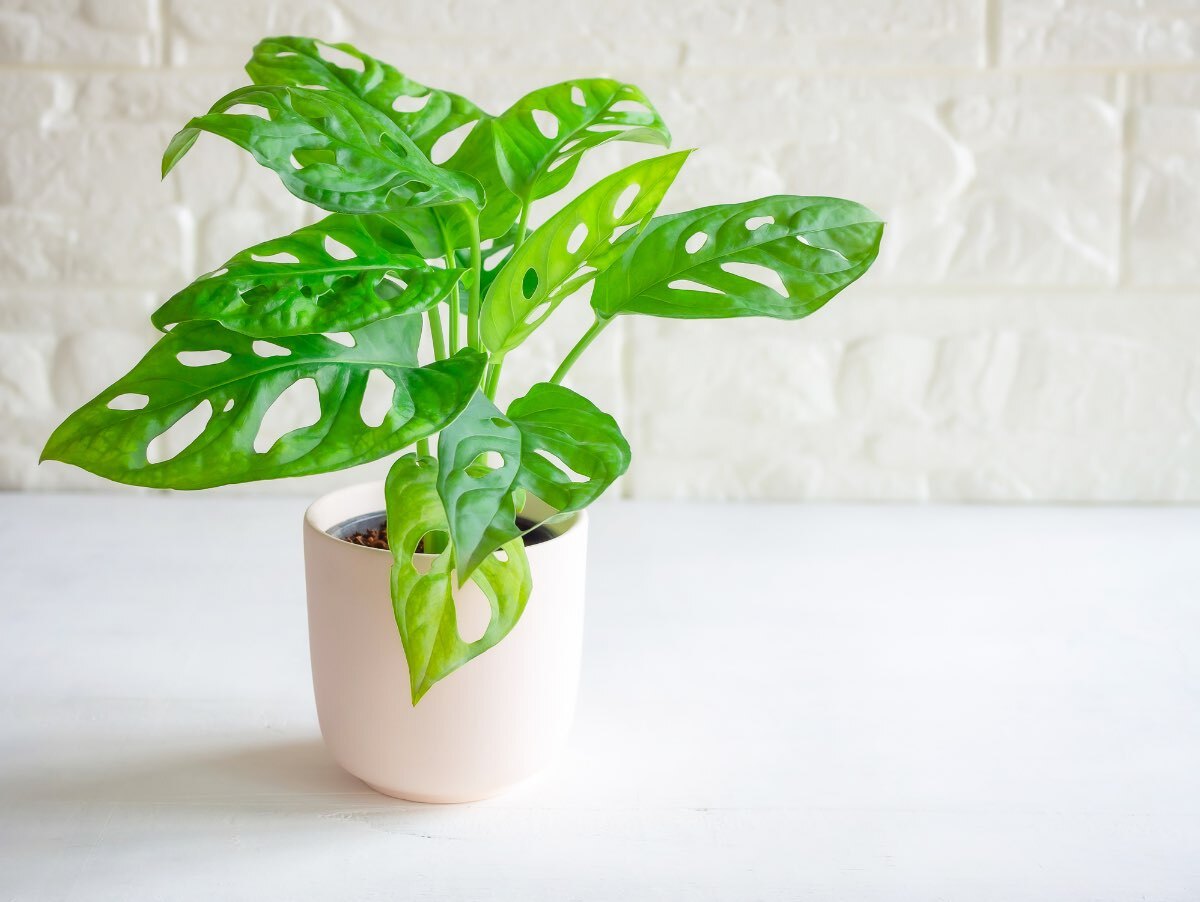

Ideas and Tips
Indoor Monstera Adansonii Care Tips for Swiss Cheese Vines
Modified: November 1, 2024
Learn how to care for your Monstera adansonii with our comprehensive guide. Discover tips on lighting, watering, pruning, and more for a thriving Swiss Cheese Vine.
(Many of the links in this article redirect to a specific reviewed product. Your purchase of these products through affiliate links helps to generate commission for Storables.com, at no extra cost. Learn more)
The Monstera adansonii, commonly known as the Swiss Cheese Vine, is a unique and captivating houseplant that has gained popularity among indoor gardeners. Its distinctive perforated leaves and versatile growth habit make it an ideal addition to any home decor. In this article, we will delve into the detailed care requirements for the Monstera adansonii, providing you with comprehensive tips to keep your Swiss Cheese Vine thriving indoors.
Botanical Name and Common Names
The Monstera adansonii is a member of the Araceae family and is native to Central and South America. It is often referred to by its common names, including Swiss Cheese Vine, Five Holes Plant, and Adanson’s Monstera.
Read more: How To Install Vine Poles
Traits of the Monstera Adansonii
The Swiss Cheese Vine is known for its striking foliage, which features leaves with numerous holes or fenestrations. This unique characteristic gives the plant its name and makes it a standout in any indoor garden. The plant can grow quite long, up to 8 feet (2.4 meters), and can be trained to climb or trail, making it versatile for various display options.
Pruning
Pruning is an essential part of maintaining your Monstera adansonii. Pruning helps control legginess, promotes new growth, and encourages the plant to produce more leaves. You can tip-prune or do more extensive pruning, depending on your needs. For example, if your plant is getting leggy and out of control, you may need to prune it more severely. It’s important to prune just below a node (the place where a leaf is attached to a stem) to encourage branching and fuller growth.
Propagation
Propagating Monstera adansonii is relatively easy and can be done through stem cuttings or division. To propagate by stem cuttings, simply prune a stem right below a leaf node and aerial root. Make sure your pruners are clean and sharp, then place the cutting in water or a light mix to easily root. The rooting process is fast, with roots emerging from the nodes within 7 to 10 days. After a month or so, you can transfer the rooted cutting to soil.
Another method of propagation is by division. This involves separating the roots of the plant and replanting them in a new pot. This method is particularly useful if your plant has become too large for its container or if you want to share it with friends.
Lighting Requirements
Lighting is crucial for the health and appearance of your Monstera adansonii. These plants prefer bright, indirect light but can tolerate partial shade. Direct sunlight can scorch the leaves, causing them to turn brown and crispy. If new leaves on mature plants are smaller or grow without holes, it may be a sign that the plant is not receiving enough light. In such cases, moving the plant to a brighter location or using a grow light can help.
Ideal Placement
When placing your Monstera adansonii, consider its growth habit. These plants are tropical climbers and prefer to grow upwards. Providing a stake or trellis can help support their climbing nature, allowing them to reach new heights. Alternatively, you can train the vines to cascade down from a hanging planter or shelf, showcasing the unique foliage at eye-level.
Temperature
Monstera adansonii prefers average room temperatures between 64°F (18°C) and 81°F (27°C). Avoid placing the plant in areas with temperatures below 64°F (18°C), as this can slow down growth and potentially kill the plant if exposed for too long.
Humidity
These plants thrive in higher-than-average humidity levels, typically above 50% relative humidity. Boosting humidity around your Monstera adansonii can be achieved using a cool-mist room humidifier. This helps maintain the plant's moisture needs and prevents brown leaf tips.
Watering
Watering your Monstera adansonii requires attention to its soil moisture levels. The plant prefers moist soil that is allowed to dry out slightly between waterings. Overwatering can lead to root rot, while underwatering may cause the leaves to turn yellow. To determine the best time to water, feel the weight of the pot every few days and insert your finger into the soil down to the middle knuckle. When the pot is light and the soil is dry, it’s time to water.
Soil and Fertilization
Using a potting mix that includes peat moss-based mix and sand or perlite for faster drainage is recommended. Fertilize your Monstera adansonii every 2 weeks during spring and fall with a balanced water-soluble fertilizer. During winter months when growth is slow, you can stop fertilizing.
Pest Control
While Monstera adansonii is generally pest-free, it can be susceptible to pests like mealybugs, scale, and spider mites. These pests often live inside where the leaf hits the stem, on the stems, and underneath the leaves. Check these areas occasionally and take action as soon as you see any pest infestation. Gently wash off the leaves and vines with soapy water to control infestations.
Toxicity
All parts of the Monstera adansonii are toxic to cats, dogs, and humans. The sap may cause dermatitis, so it’s a good idea to wear gloves when handling this plant. If your pet tends to chew on leaves around the house, keep your Monstera out of their reach.
Common Issues
Some common issues with Monstera adansonii include yellow leaves (often a sign of overwatering) and brown leaf tips (usually due to dry air or dry soil). To address these issues:
- Yellow Leaves: Use a pot with drainage holes and allow potting mix to dry slightly before watering.
- Brown Leaf Tips: Increase humidity around the plant by using a humidifier or placing it on a tray filled with water and pebbles.
Troubleshooting
If your Monstera adansonii is not thriving, there could be several reasons:
- Low Light Conditions: Move the plant to a brighter location or use a grow light.
- Insufficient Watering: Check if the soil is too wet or dry.
- Pests: Inspect for pests like spider mites or mealybugs.
By addressing these potential issues promptly, you can ensure your Swiss Cheese Vine remains healthy and continues to thrive indoors.
Conclusion
The Monstera adansonii is an elegant and versatile houseplant that adds a touch of tropical charm to any indoor space. With proper care, including bright indirect light, consistent moisture levels, and regular pruning, this plant can flourish beautifully. Whether you choose to train it to climb or let it cascade down from a hanging planter, the Swiss Cheese Vine is sure to captivate with its unique foliage and adaptable nature. By following these tips and being attentive to its needs, you can enjoy this beautiful plant for years to come.
Additional Resources
For more detailed guides on caring for your indoor plants, consider the following resources:
- Guide To Watering Indoor Plants: Learn how to properly water your plants without overwatering or underwatering.
- Beginner’s Guide To Repotting Plants: Understand the process of repotting your plants and when it’s necessary.
- How To Clean Houseplants: Discover how to keep your houseplants clean and free from pests.
- Winter Houseplant Care Guide: Find out how to care for your plants during the winter months when growth is slow.
By combining these resources with the tips provided here, you’ll be well-equipped to handle any challenges that come with caring for your Monstera adansonii.
Was this page helpful?
At Storables.com, we guarantee accurate and reliable information. Our content, validated by Expert Board Contributors, is crafted following stringent Editorial Policies. We're committed to providing you with well-researched, expert-backed insights for all your informational needs.
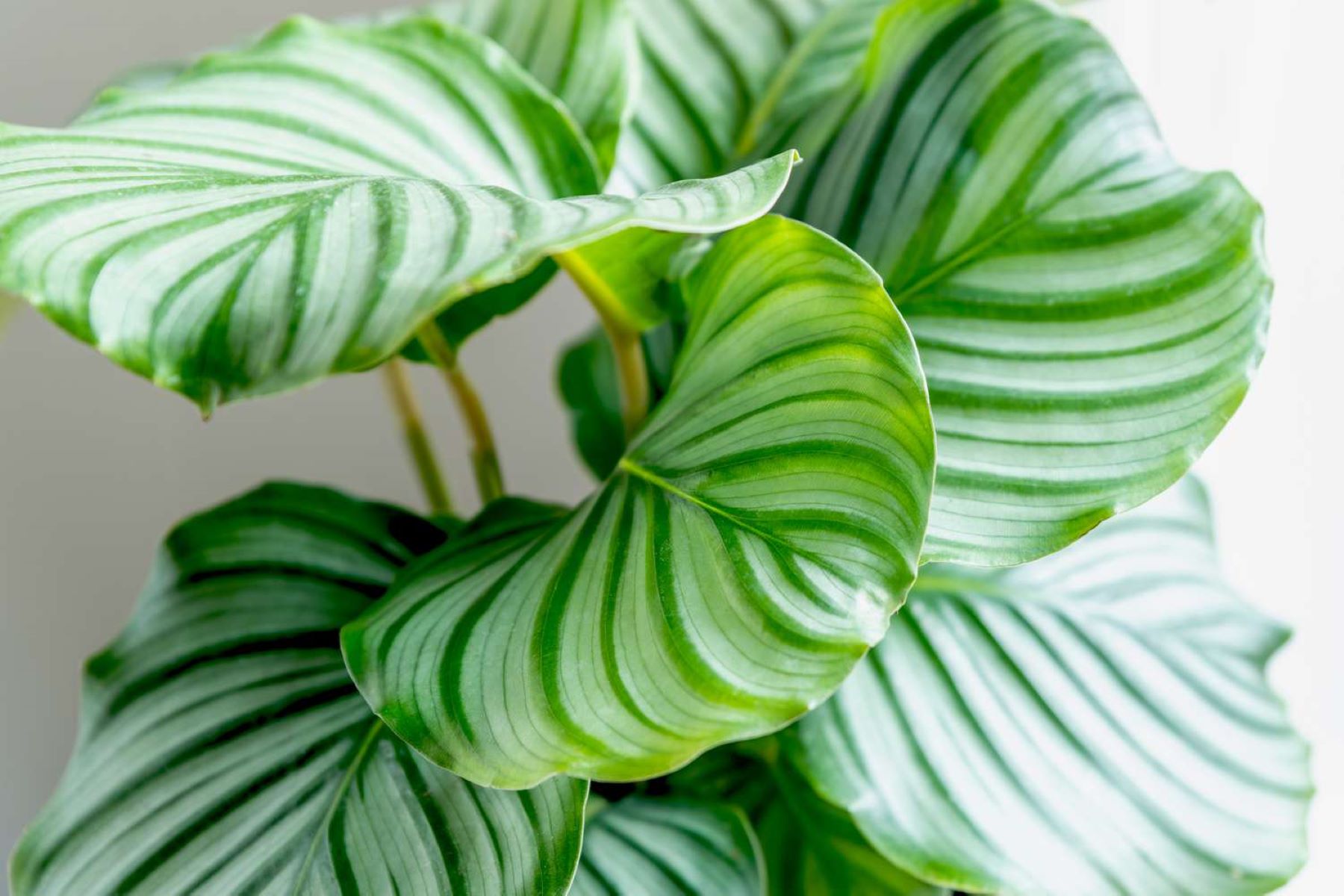
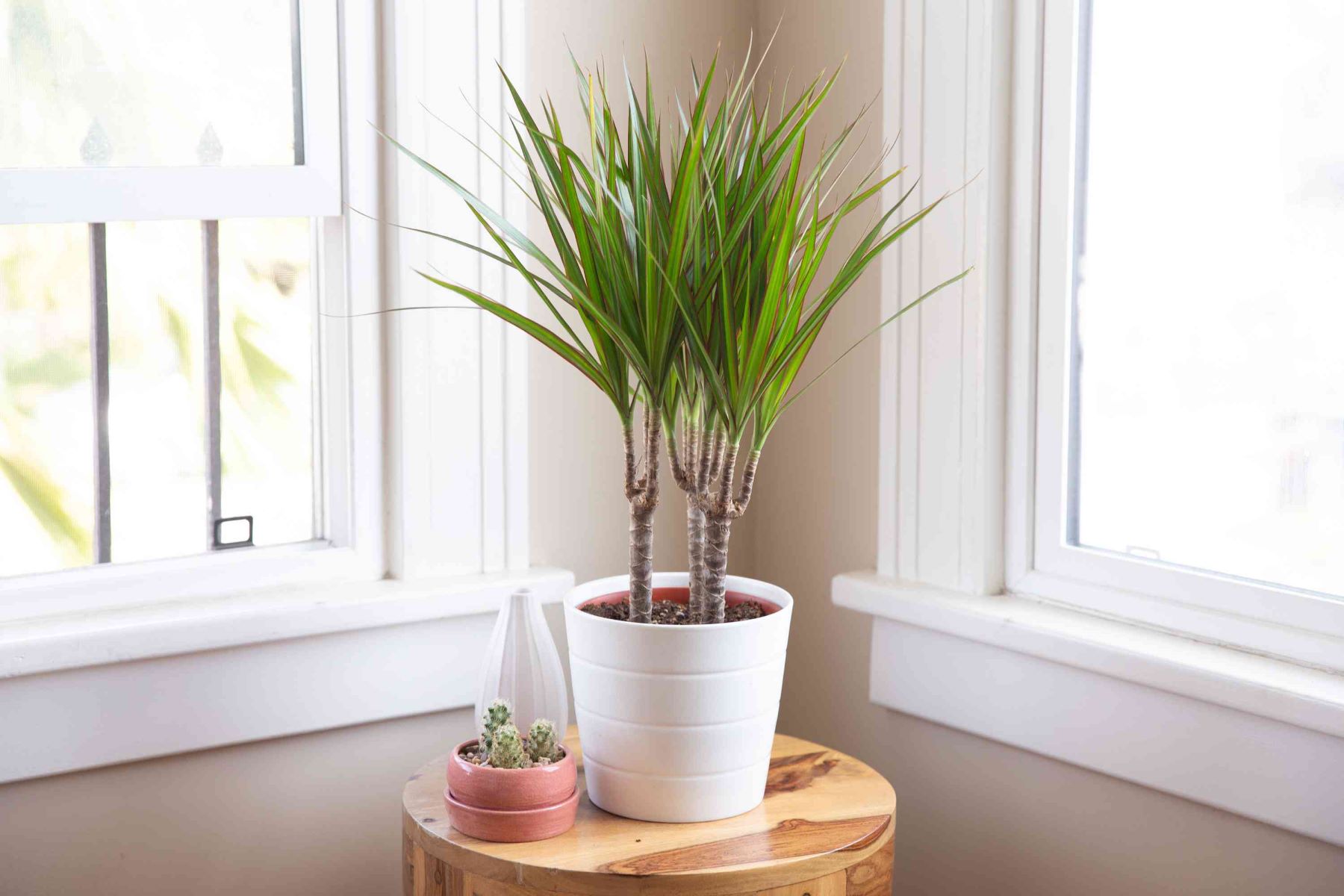
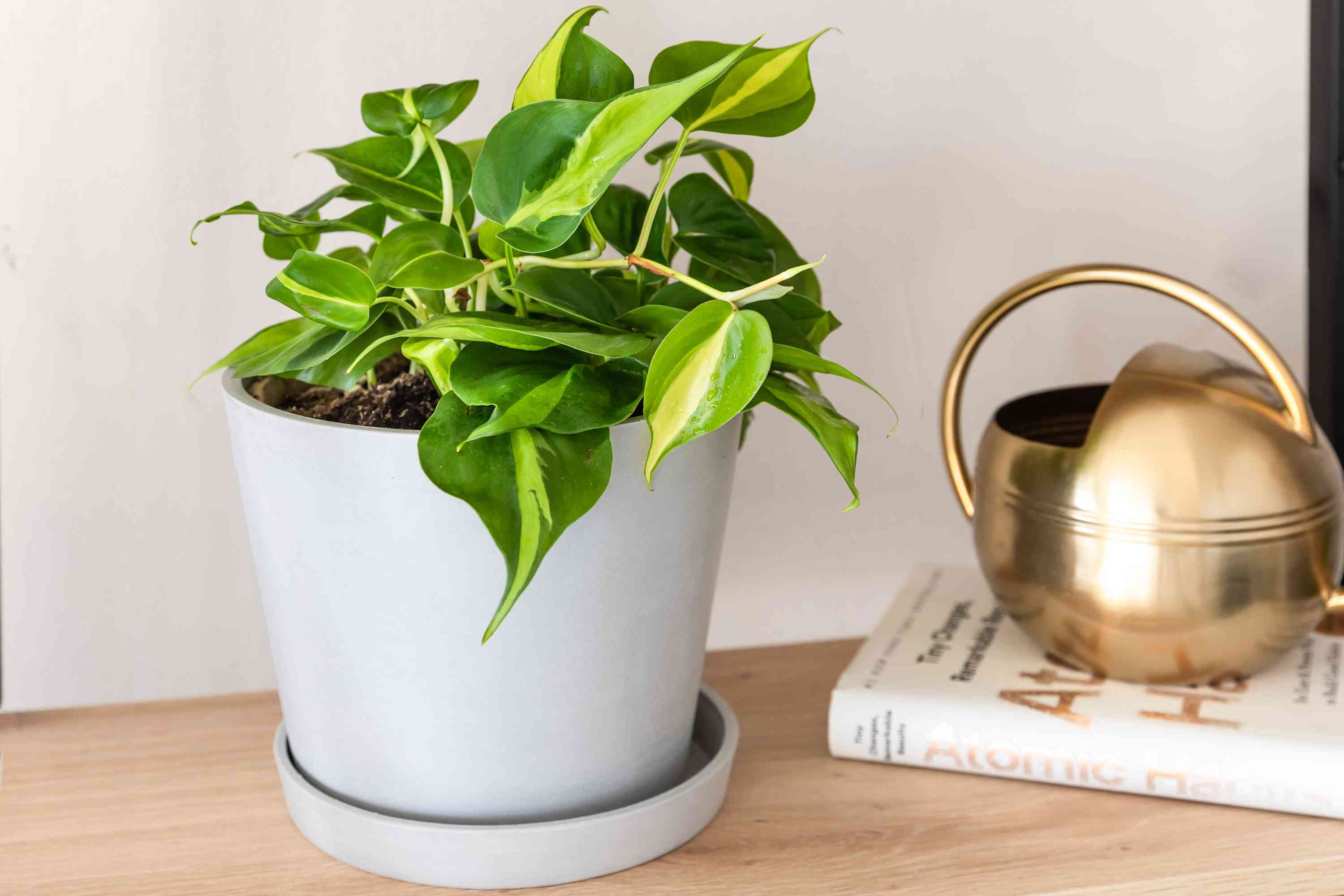
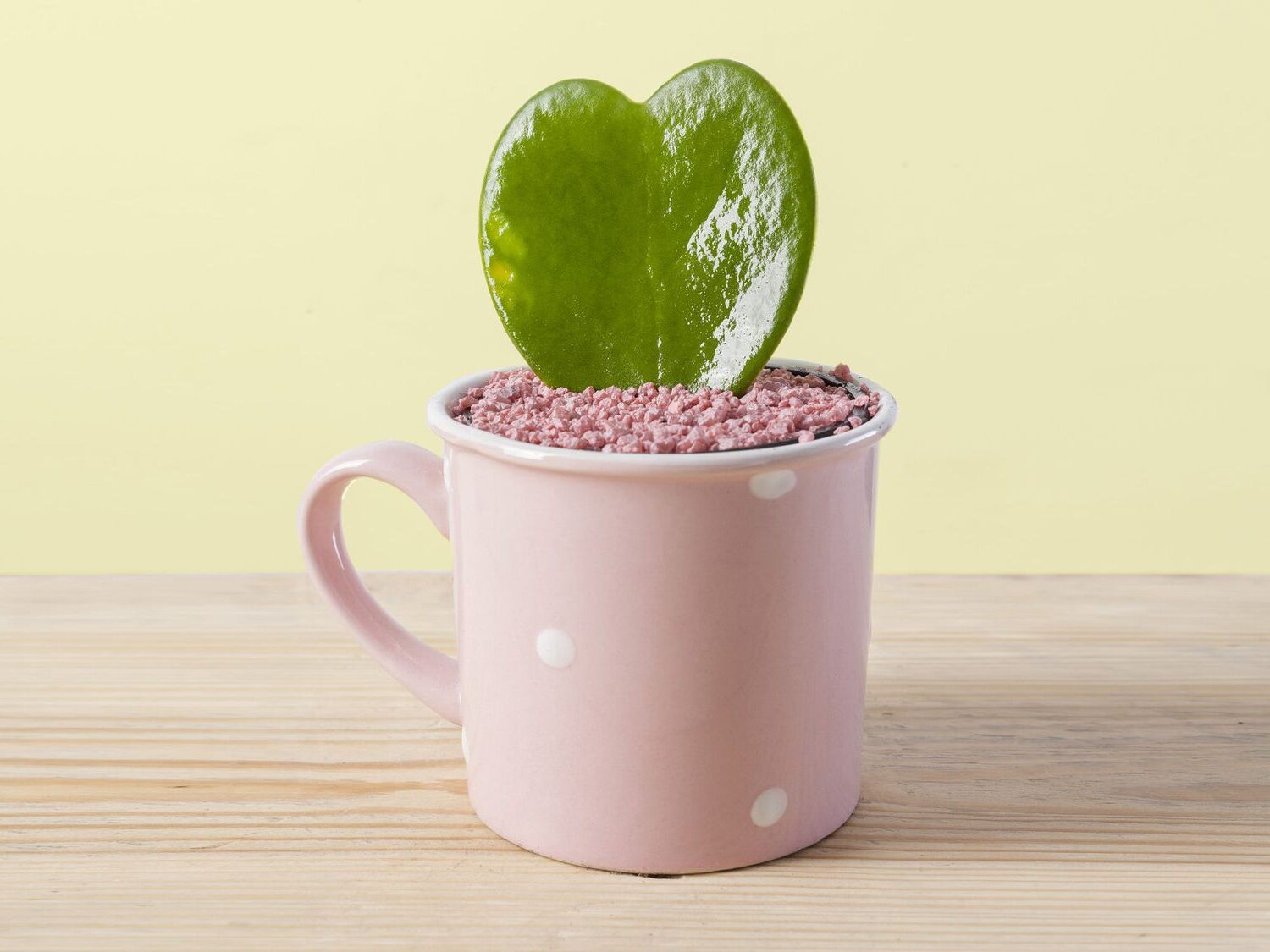
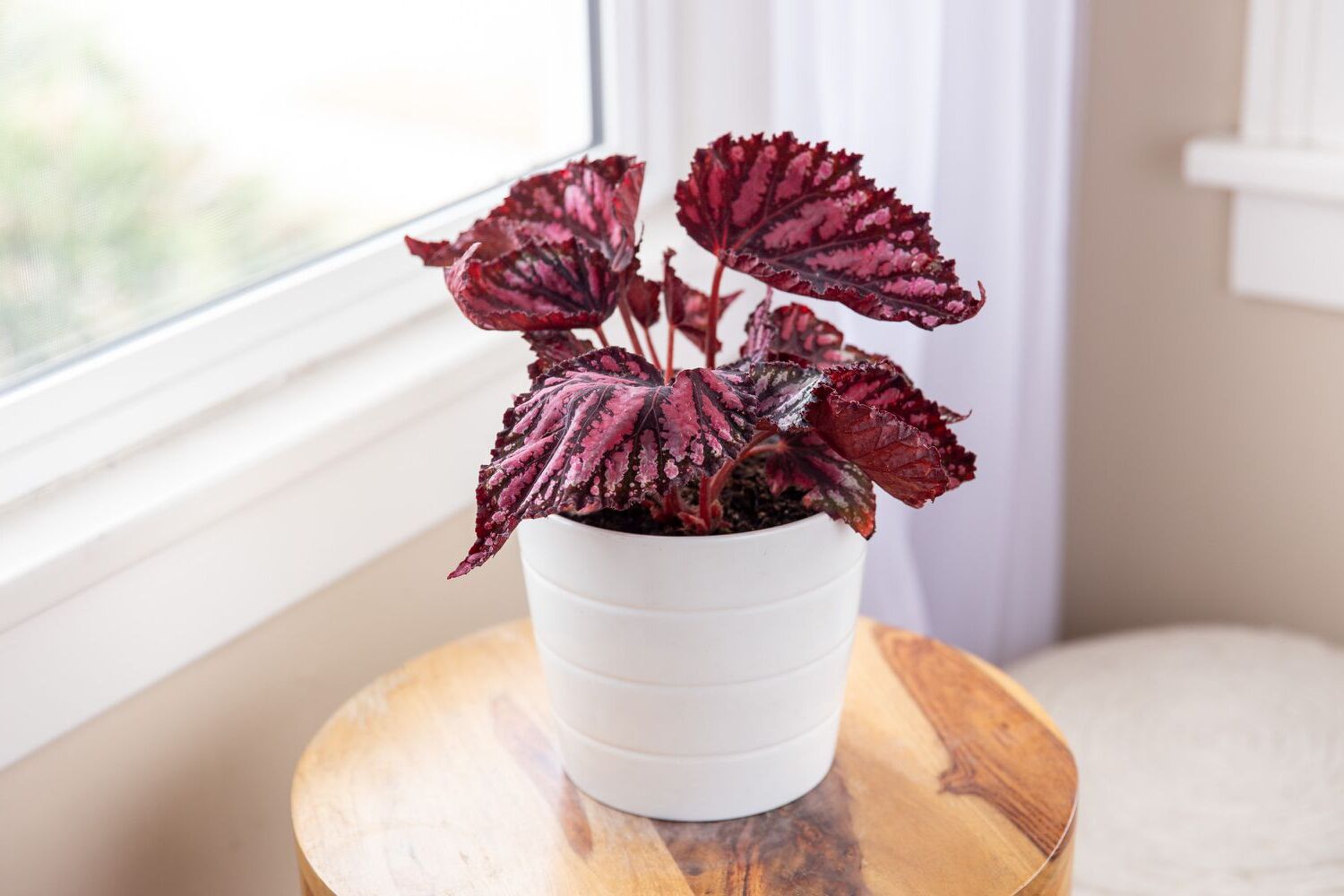
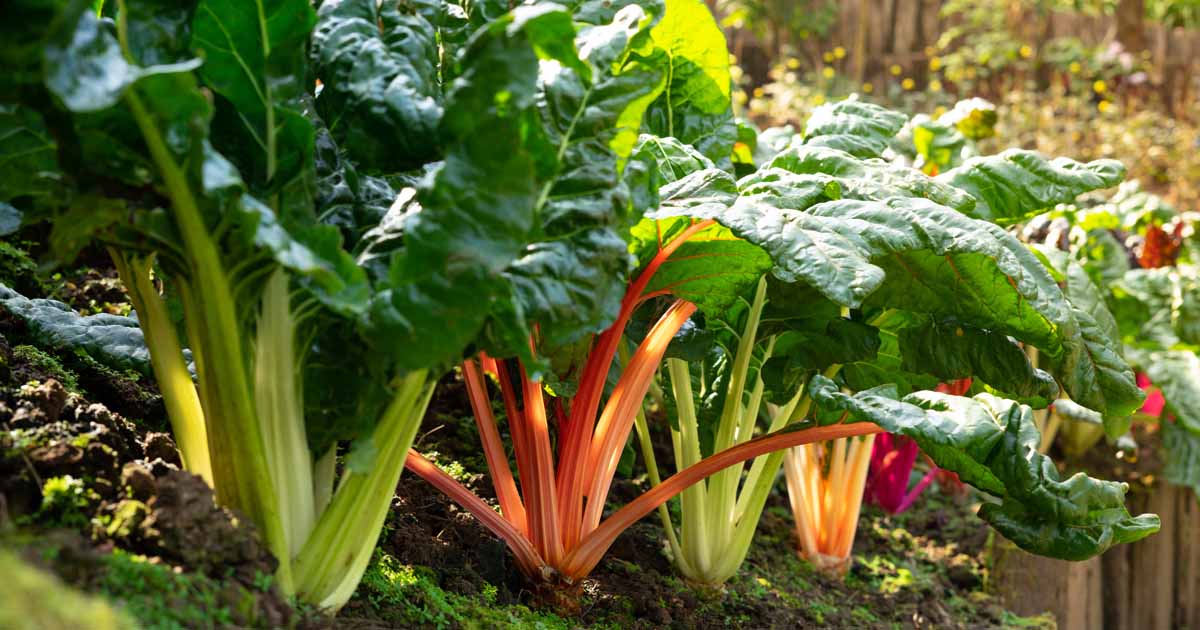
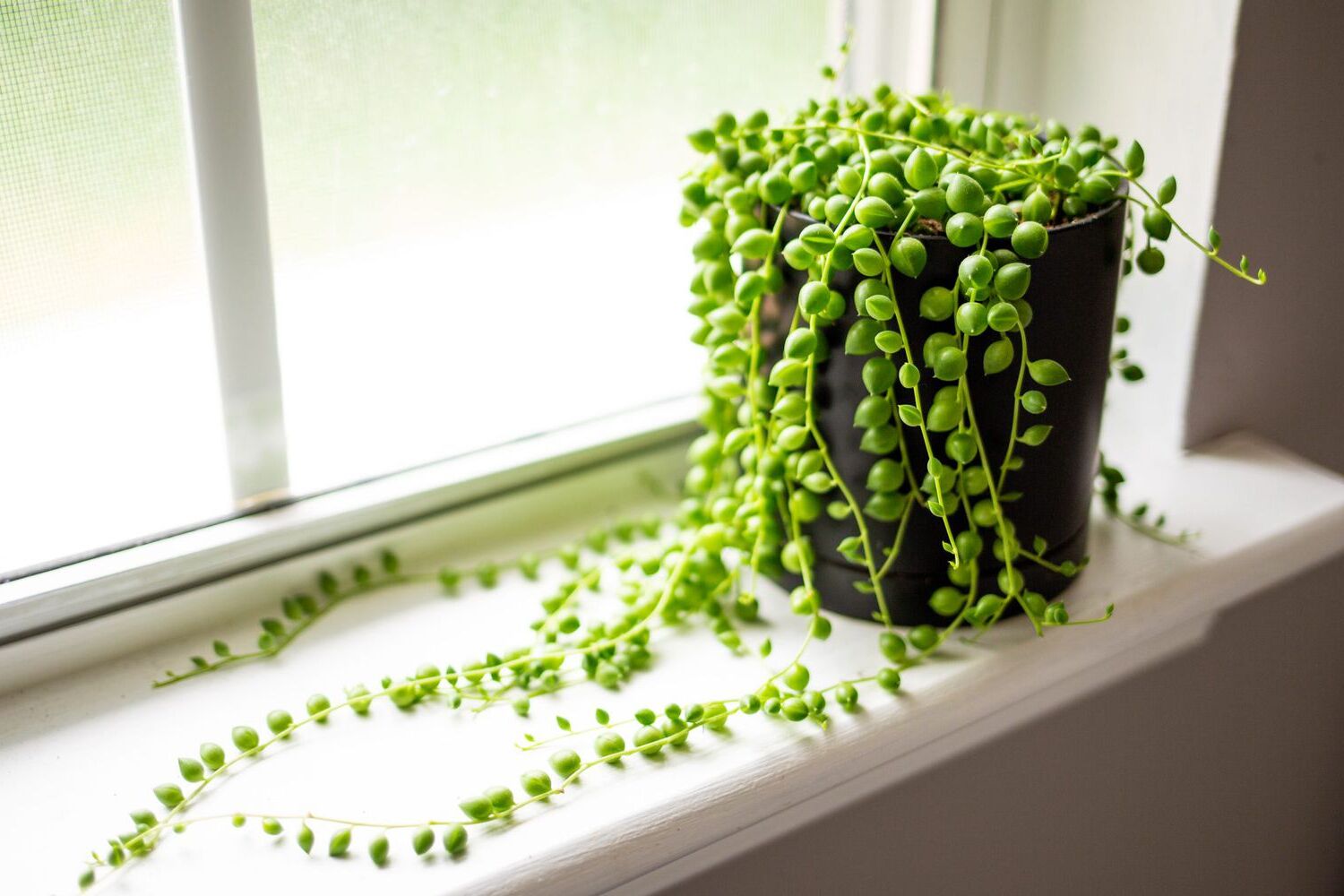
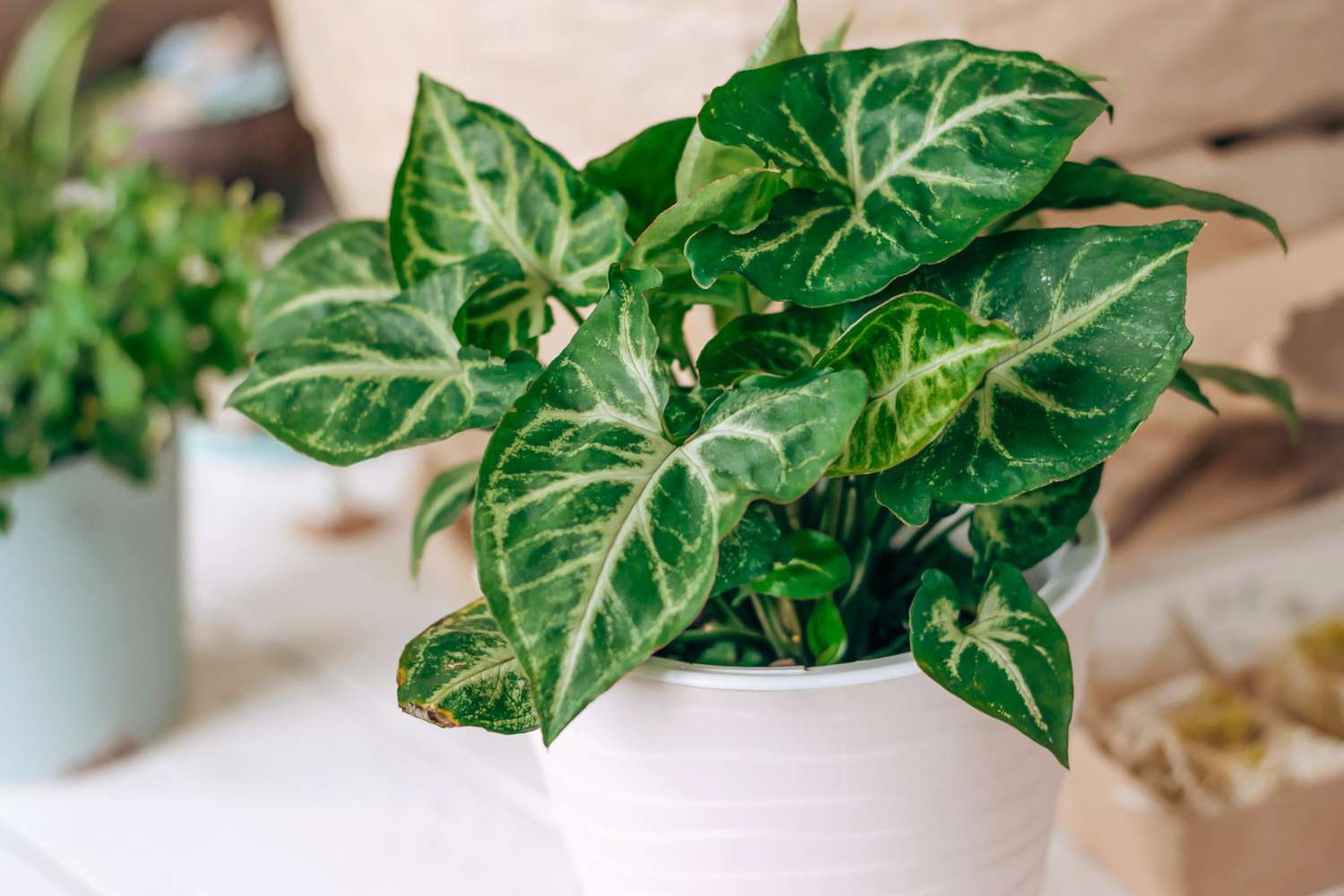
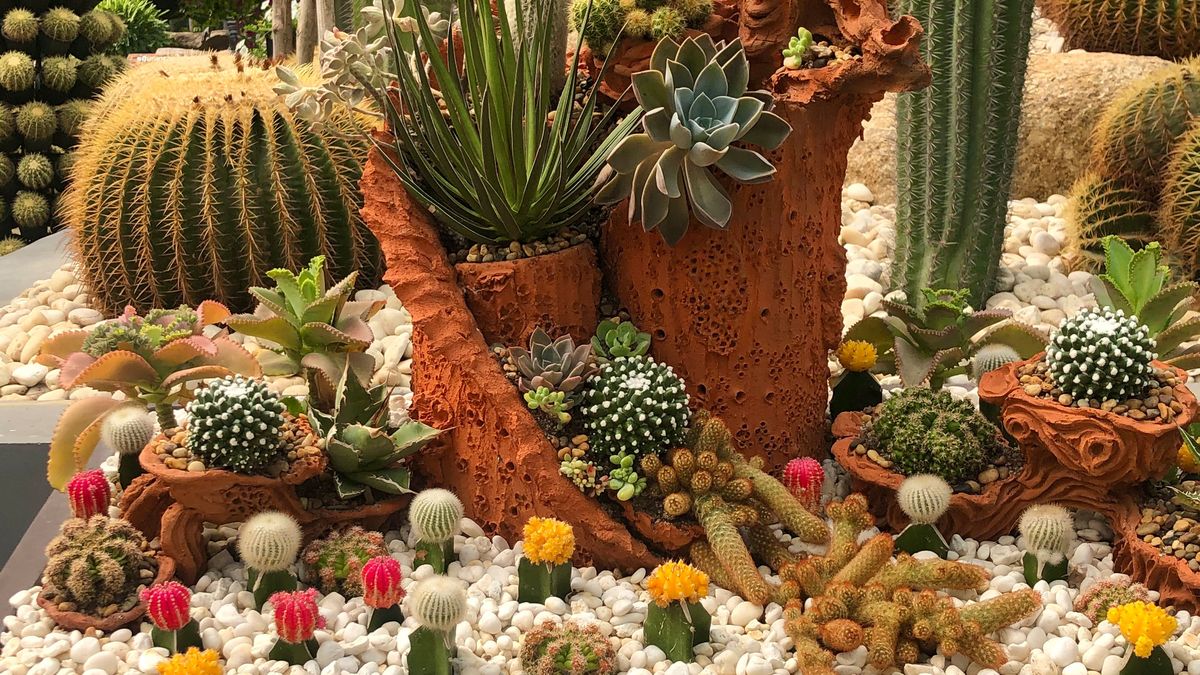
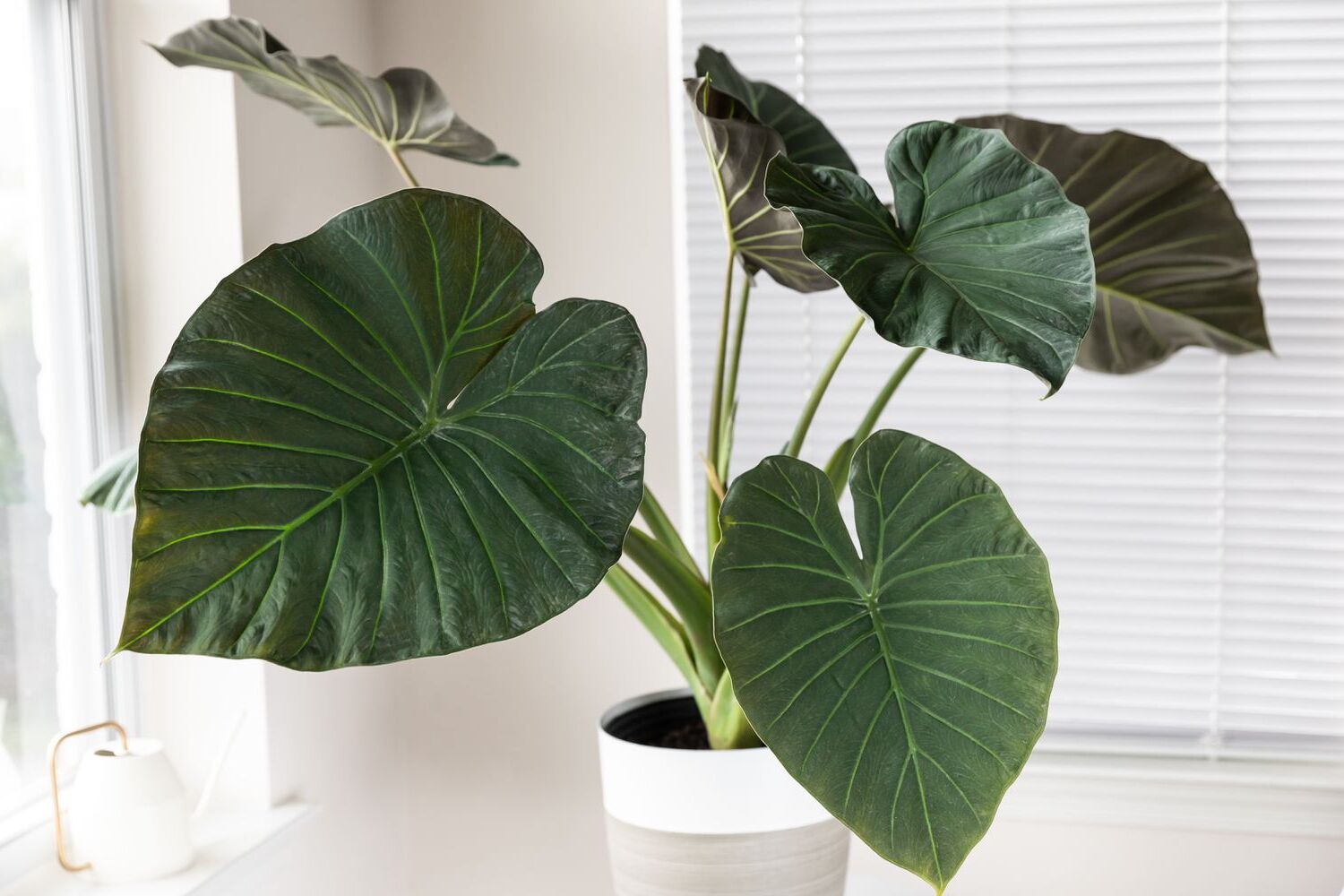
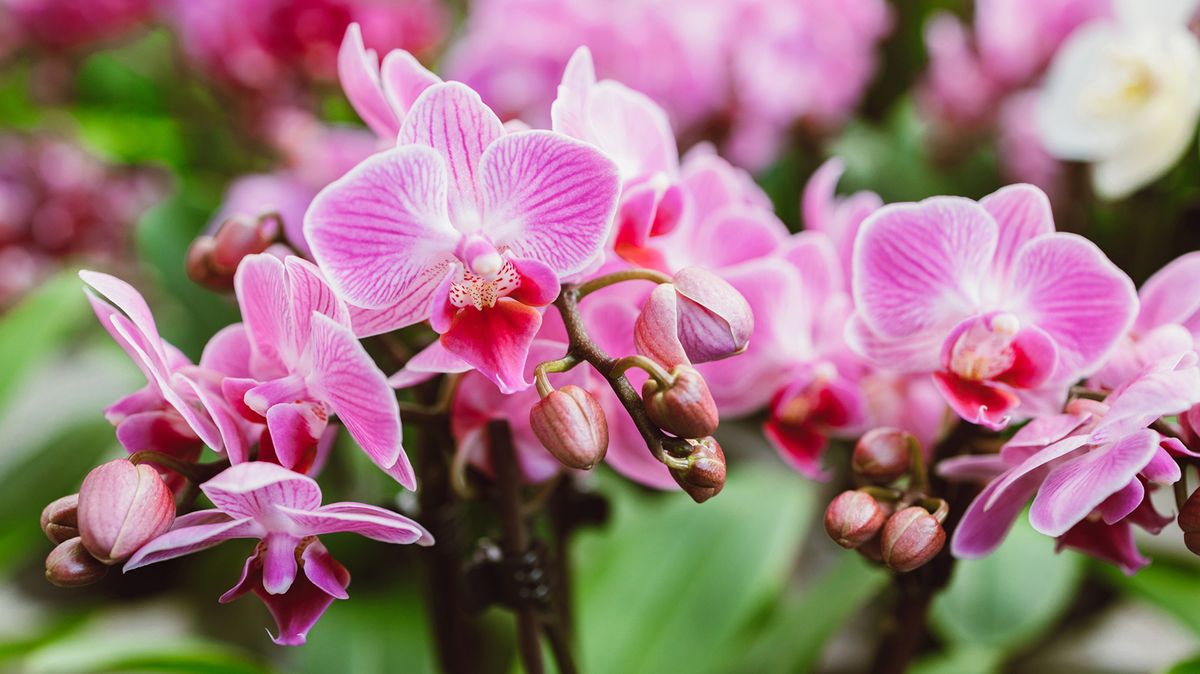
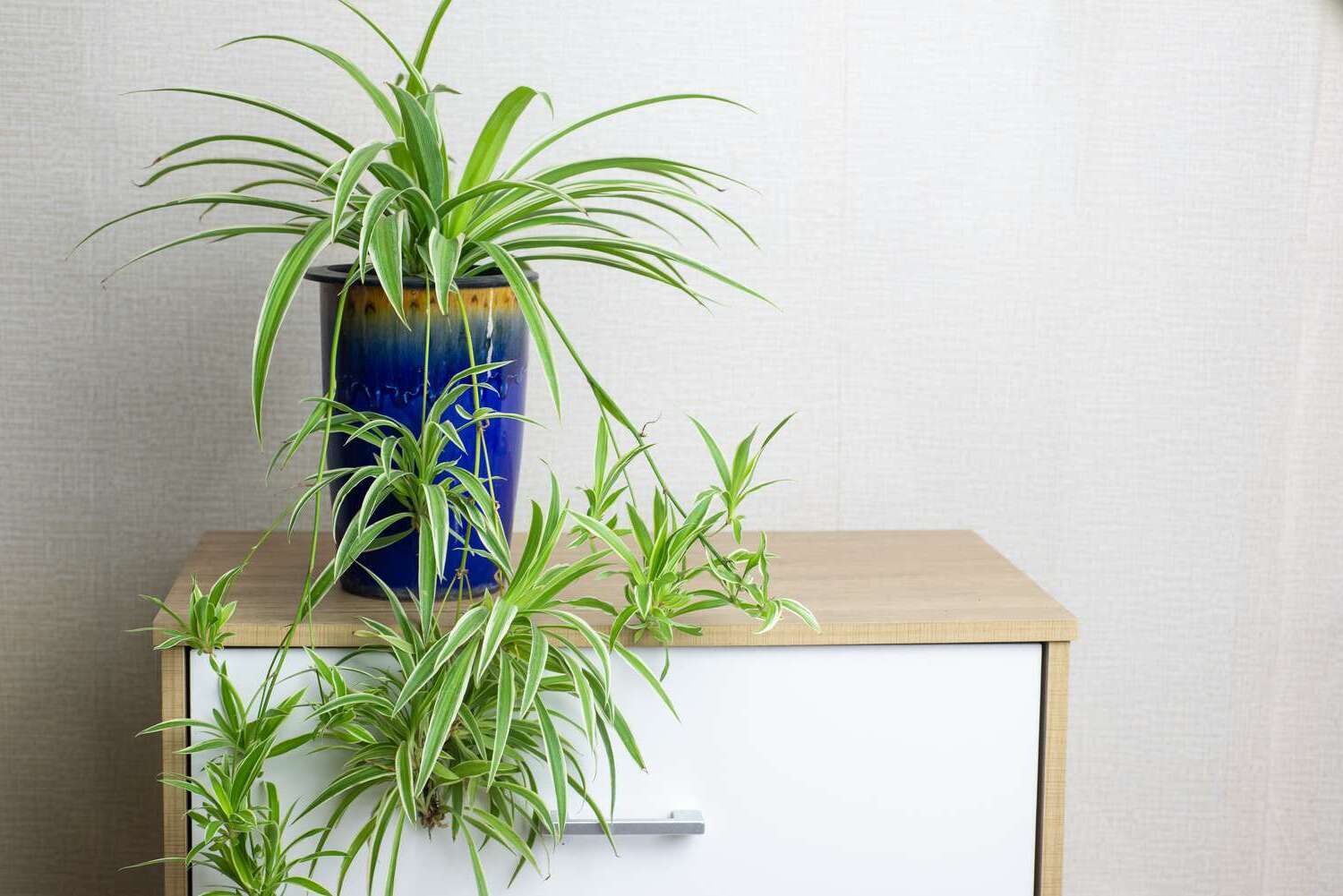

0 thoughts on “Indoor Monstera Adansonii Care Tips for Swiss Cheese Vines”